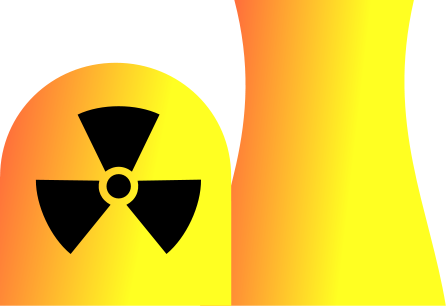Matthew L. Wald,  writing in the New York TImes, covers a new modeling technique to assess seismic risk to nuclear power plants. Quakes and U.S. Reactors: An Analytic Tool
writing in the New York TImes, covers a new modeling technique to assess seismic risk to nuclear power plants. Quakes and U.S. Reactors: An Analytic Tool
With the release of a computer model of all known geologic faults east of Denver, nearly all of the nuclear power plants in the United States are about to embark on a broad re-evaluation of their vulnerability to earthquakes. The new mapping is the first major update of the fault situation for plants since 1989.
The map has been in preparation since 2008, well before the earthquake and tsunami that caused three meltdowns at Fukushima Daiichi in Japan last March or the quake near Mineral, Va., last summer that shook a twin-reactor plant beyond the degree expected. Still, those events have lent urgency to the effort to assess the American plants’ ability to withstand quakes.
The new study does not calculate the risk of damage from an earthquake or even specify how much ground motion is likely at the reactor sites. That work is left to the plants’ owners, supervised by the Nuclear Regulatory Commission.
The industry began to realize after the Fukushima disaster that engineers did not have a strong understanding of which structures and systems at the plants were most vulnerable.
As one of us, Lawrence J. Furman pointed out in Nuclear Power, Natural Disasters, and Security on Popular Logistics, on August 28, 2011,
“Nuclear power diminishes National Security and the stability of the electric grid.”
Mr. Furman also blogged on the nuclear plants at the North Anna Power Station, in Louisa County, Virginia, that were shut down because of the earthquake last summer, here, the eight plants that were shut down by Hurricane Irene, in the 8/28/11 post referenced above, and the Cooper and Fort Calhoun, Nebraska nuclear power plants. Cooper was shut down due to flooding on the Missouri River. Fort Calhoun was shut down for refueling in May, 2011. It was held offline in June, 2011, due to flooding of the Missouri River. Our coverage began here, on June 25, 2011, continued here, June 29, 2011. According to the NRC, here, the plant remains offline 285 days after the flood, at a cost, to the ratepayers, of $1 million per day, or $285 Million, and counting.
The nature of nuclear power is such that the plants can be shut down, as were Cooper, Fort Calhoun, and eight other plants from North Carolina to Connecticut, by the rain. Unlike solar energy systems, nuclear plants don’t come back on automatically.
As Mr. Furman wrote in “21 for 2011: The most significant events of the year,” here,
In the words of Mycle Schneider, “The industry was arguably on life support before Fukushima. When the history of this industry is written, Fukushima is likely to introduce its final chapter,” (click here). However, the three melt-downs at Fukushima, coupled with the melt-down at Chernobyl in 1986 and the partial melt-down at Three Mile Island in 1979, suggest a probability of one melt-down every 14 years and a major incident somewhere – and everywhere – every 11 years.